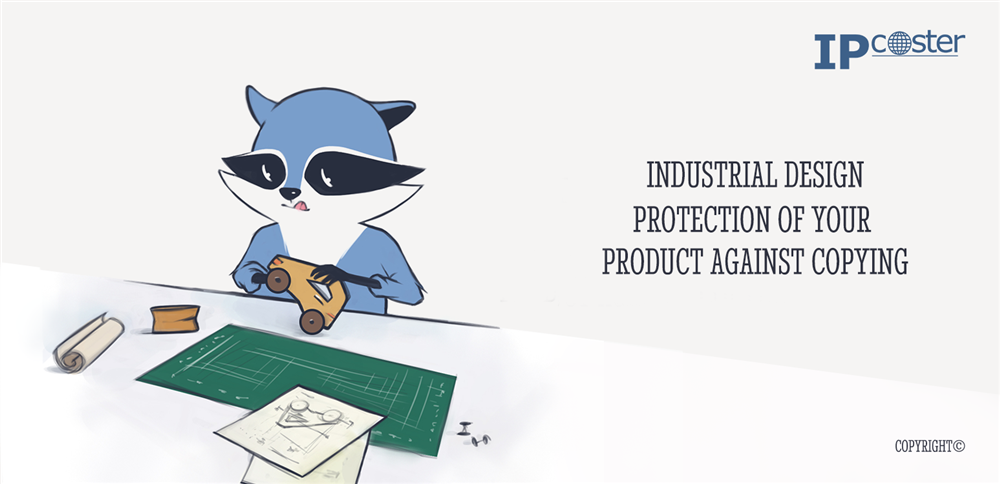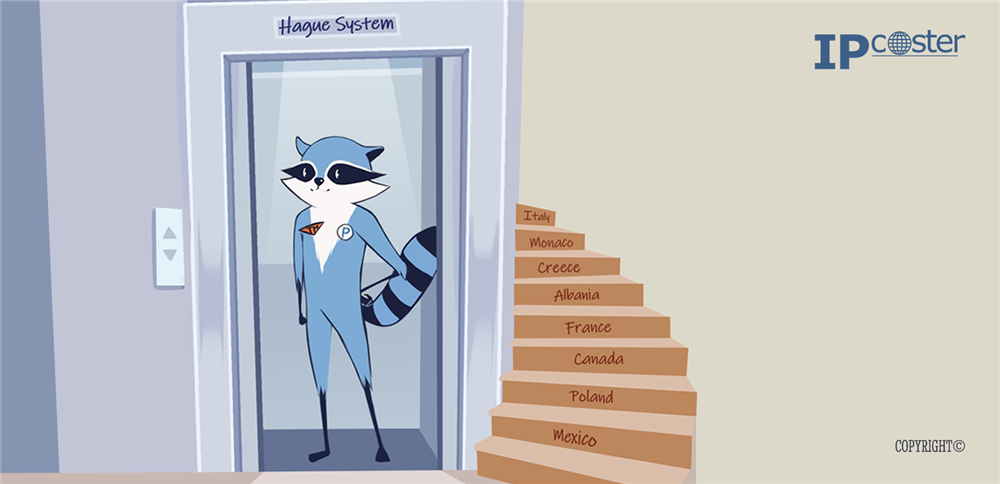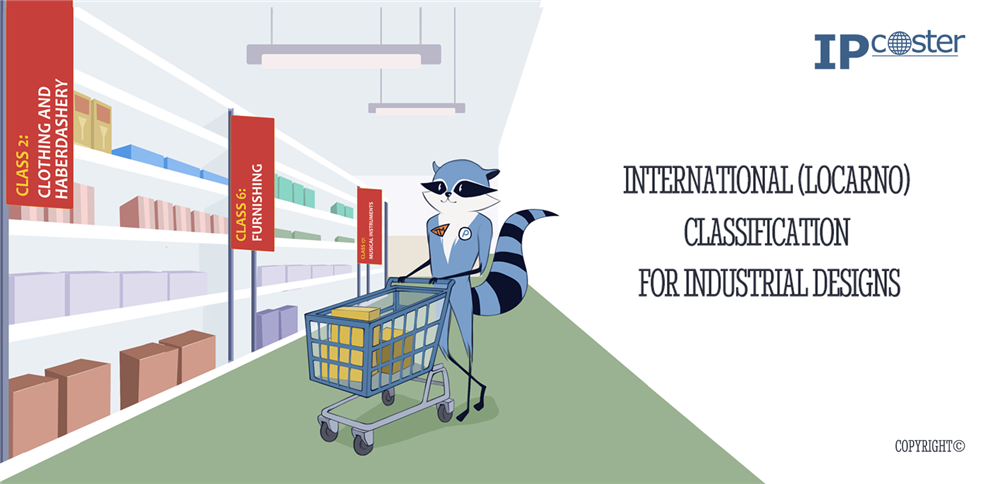
Industrial design protection is used globally to safeguard the visual appearance of products. Once registered, a design right prevents others from copying or imitating a product’s appearance However, securing a registration certificate is just the beginning—maintaining that protection requires ongoing action.
Registered design rights are valid for a limited duration, but most jurisdictions allow renewals or extensions upon payment of prescribed fees. These renewal fees or annuity must be paid at specific intervals. Failure to comply can result in the lapse of rights.
The rules, timing, and costs associated with renewals vary widely by country or region, and managing these differences is crucial for maintaining a global design portfolio.
Country-Specific Renewal Procedures
South Korea
-
Validity:
20 years from the filing date.
- Initial Payment: Registration fee due within 3 months of receiving the Notice of Allowance; covers the first 3 years.
- Ongoing Payments: Annual renewal fees are required from year 4 onward, paid before the anniversary of the registration date with grace period of 6 months for late payment with a surcharge.
China
- Validity:
15 years for designs filed on or after June 1, 2021
10 years for designs filed before that date.
- Initial Payment: Grant fee due within 2 months of receiving the Notice of Grant. This does not include annuities.
- Ongoing Payments: Annual fees due before the filing date anniversary. A 6-month grace period is available for late payments (with surcharge). A stamp tax is also required.
United States
- Validity:
15 years for design patents filed on or after May 13, 2015
14 years for design patents filed before that date.
- Unlike most countries, U.S. design patents do not require renewal fees or annuities.
International and Regional Systems
Hague System (WIPO)
- Coverage: 90+ member countries and intergovernmental organizations.
- Initial validity: 5 years from the date of international registration.
- Renewals: Renewable in 5-year increments, up to the maximum term allowed in each designated jurisdiction (typically 15 years total, sometimes more). WIPO sends reminders 6 months before expiration.
European Union (EUIPO – EU Design)
- Coverage: Single application provides protection across the all EU Member states (Austria, Belgium, Bulgaria, Croatia, Republic of Cyprus, Czech Republic, Denmark, Estonia, Finland, France, Germany, Greece, Hungary, Ireland, Italy, Latvia, Lithuania, Luxembourg, Malta, Netherlands, Poland, Portugal, Romania, Slovakia, Slovenia, Spain and Sweden).
- Initial validity: 5 years from the date of filing.
- Renewals: Up to four additional 5-year periods (maximum of 25 years). Late renewal is allowed within a 6-month grace period (with a surcharge).
African Regional Intellectual Property Organization (ARIPO)
- Coverage: select African countries (Botswana, Cape Verde, Gambia, Lesotho, Liberia, Malawi, Mozambique, Namibia, Saint Tome and Principe, Swaziland, Tanzania, Uganda and Zimbabwe).
- Initial validity: 10 years from the date of filing.
- Renewals: Renewal fees due annually on the filing date anniversary and should be paid separately for each designated country. Late renewal is allowed within a 6-month grace period.
Conclusion:
Because renewal procedures vary widely across jurisdictions, it’s essential to monitor deadlines and fee requirements closely. Failure to renew on time can result in the loss of valuable design rights. If you need advice or support with renewing your design rights, don’t hesitate to reach out for professional assistance.

If you're planning to protect your invention, design, or trademark in more than one country, understanding priority right is essential. It’s a key principle in intellectual property law that allows you to extend the benefits of your first filing to other countries—helping you secure your place as the original applicant and safeguarding your innovation across borders.
A priority right gives you the advantage of being recognized as the first to file for an invention, design, or trademark. It’s based on your first application, and allows you to use your first filing date as the priority date when applying for protection in other countries.
In short, it helps you secure your place in line internationally by allowing your later applications to rely on the filing date of your first one.
How Long Do You Have to Claim Priority?
According to the Paris Convention (Article 4), you have:
- 12 months to claim priority for patents and utility models
- 6 months for industrial designs and trademarks
This time is counted from the date of your first (or “priority”) filing.
Why Should You Claim Priority?
Here’s the big reason: when patent offices examine your application, they check whether your invention is novel (i.e., new). This is determined using the priority date as the reference point.
If you don’t claim priority and refile in another country later, any public disclosure—including your own earlier application—can be used against you. Your invention may no longer be considered new, and your application could be rejected.
Claiming priority helps protect your rights as you expand internationally. It ensures your earlier filing date is respected, even when you apply in other countries later. If you're planning to seek protection for your intellectual property globally, don’t skip this step.
Want to learn more or need help with filing abroad? Feel free to reach out to our team, we're happy to guide you through the process.

To prevent people from copying, appropriating, or stealing the appearance of a product you have created, it is important to protect the product’s appearance. This type of IP protection can be achieved by way of Industrial design rights.
Varying slightly in different countries, the basic requirements for design protection are novelty and individual character (EU and Australia), sometimes complemented by the requirement of creativity (Japan), ornamentality (USA) or other such criteria.
A design can be worth registering if a consumer can easily distinguish the design of your product from other products in the same category. For example, Tangle Teezer hairbrushes have gained popularity not only thanks to the detangling features, but also the unconventional designs which are also protected.
Design protection can be a key driver in business growth, with the appearance of a product proving vital in promotion of sales and creating financial value. Protecting industrial designs can prohibit others from manufacturing, commercialising, marketing, importing or exporting products incorporating the same, or confusingly similar, designs.
If you are looking for advice on the protection of your design, feel free to contact us.

Protecting industrial designs in multiple countries can be both expensive and time-consuming when done through individual national filings. The Hague System for the International Registration of Industrial Designs offers a faster, more cost-effective alternative. With a single application, you can register your design in over 90 countries.
What is the Hague System?
The Hague System was established under the Hague Agreement, first adopted in 1925. It is now governed by the Geneva Act of 1999, which is the most widely used and modern component of the system. While the Hague Act of 1960 remains formally in force, it is no longer applied in practice. The system is administered by the World Intellectual Property Organization (WIPO).
This system allows applicants to file a single international design application designating the jurisdictions where protection is needed and manage design portfolio (e.g., renewals, changes) centrally through WIPO’s International Bureau.
Who Can Apply?
To be eligible, the applicant must be:
· A national or resident of a contracting party.
· A national of a member state of a contracting party, or
· Have a real and effective business presence in a contracting party.
How to File
· Applications are generally filed directly with WIPO, but in some jurisdictions it is also possible to file through the national or regional IP office, if permitted.
· The application may be filed in English, French, or Spanish, the official languages of the system.
Applicants must pay three types of fees (in Swiss francs):
1. A basic fee,
2. Designation fees for each selected country, and
3. A publication fee.
Application Requirements
· A single application can include up to 100 designs, provided they all belong to the same class of the Locarno Classification.
· Each design must be accompanied by at least one reproduction—this could be a photo, drawing, or another type of graphic representation.
Some countries don't allow multiple designs in a single application. In such cases, the application may need to be divided when examined in that jurisdiction, though this doesn’t affect the overall international registration.
Priority Claims
You can claim priority from an earlier application (under the Paris Convention or WTO) if your international filing is submitted within six months of the earlier one.
What Happens After Filing?
Once submitted, WIPO examines the application for compliance with formal requirements, such as the payment of fees and the quality of the design representations.
After the formal examination:
· The application is published in the International Designs Bulletin—usually six months after filing.
· Applicants can request early publication or deferment of publication (where allowed).
Designated national IP offices are then notified and will conduct substantive examinations in accordance with their national laws. WIPO does not perform substantive examination.
Refusals and Decisions
Each designated contracting party decides independently whether to grant protection. If a design is refused in one jurisdiction, it does not affect the application's status in others.
Refusals must be issued within either 6 or 12 months from the date of publication, depending on the applicable national laws.
If no refusal is issued within the prescribed time limit, protection is deemed to be granted in that jurisdiction.
Responses to refusals are handled directly between the applicant and the national IP office—not through WIPO.
Duration and Renewal
· International design protection is initially valid for five years from the filing date.
· It can be renewed for additional five-year terms, up to the maximum duration permitted under the laws of each designated contracting party.
· WIPO will remind the right holder six months before renewal is due.
The Hague System provides a streamlined approach to securing international design protection. Instead of filing separate applications in each country, applicants can submit a single international application that follows a unified set of rules and requires only one set of fees. This significantly reduces the administrative burden by minimizing formalities and paperwork. Additionally, the application can be completed in just one language, making it accessible and efficient for users around the world. The value of such a system has become increasingly evident, especially as industrial design filings continue to rise.
Ready to Apply?
If you're interested in protecting your designs internationally, the Hague System can help you save time, effort, and costs. Contact IP-Coster today for more information or assistance with your application.

The Locarno Classification—also known as the International Classification for Industrial Designs—is a standardized system used worldwide to classify industrial designs during the registration process.
This system was established under the Locarno Agreement, a multilateral treaty adopted in 1968. It is managed by the World Intellectual Property Organization (WIPO).
The Locarno Classification groups industrial designs into specific categories (called classes and subclasses) based on the type of products the design applies to. This makes it easier to identify and organize designs consistently across different countries.
· There are 32 main classes, each covering a broad category of products.
· Each class is further divided into subclasses, providing more specific groupings.
· The system also includes an alphabetical list of over 5,000 goods, indicating the class and subclass each item belongs to.
This classification system is updated every two years. Revisions are made by a Committee of Experts, and new editions come into effect every January 1st of even-numbered years. The full classification is available online via the WIPO IP Portal, in both English and French.
All national IP offices that are part of the Locarno Agreement are required to use the classification in their official documentation. This means they must indicate the class and subclass numbers on design registrations and publications.
In addition to the national offices, several regional and international offices also use the Locarno Classification, including:
· African Intellectual Property Organization (OAPI).
· African Regional Intellectual Property Organization (ARIPO).
· Benelux Office for Intellectual Property (BOIP).
· European Union Intellectual Property Office (EUIPO).
· WIPO, for international applications under the Hague System.
As of now, 60 countries are officially parties to the Locarno Agreement.
Using the Locarno Classification offers several benefits:
· It standardizes the classification of industrial designs across countries, making it easier to file in multiple jurisdictions.
· It eliminates the need to reclassify goods according to each country’s national system.
· It facilitates industrial design searches, making it easier to compare existing registrations.
If you're planning to file for industrial design protection, understanding and correctly using the Locarno Classification can save you time and help you avoid unnecessary complications. Feel free to contact us if you are interested in applying for industrial design protection or if you'd like to learn more about design protection.